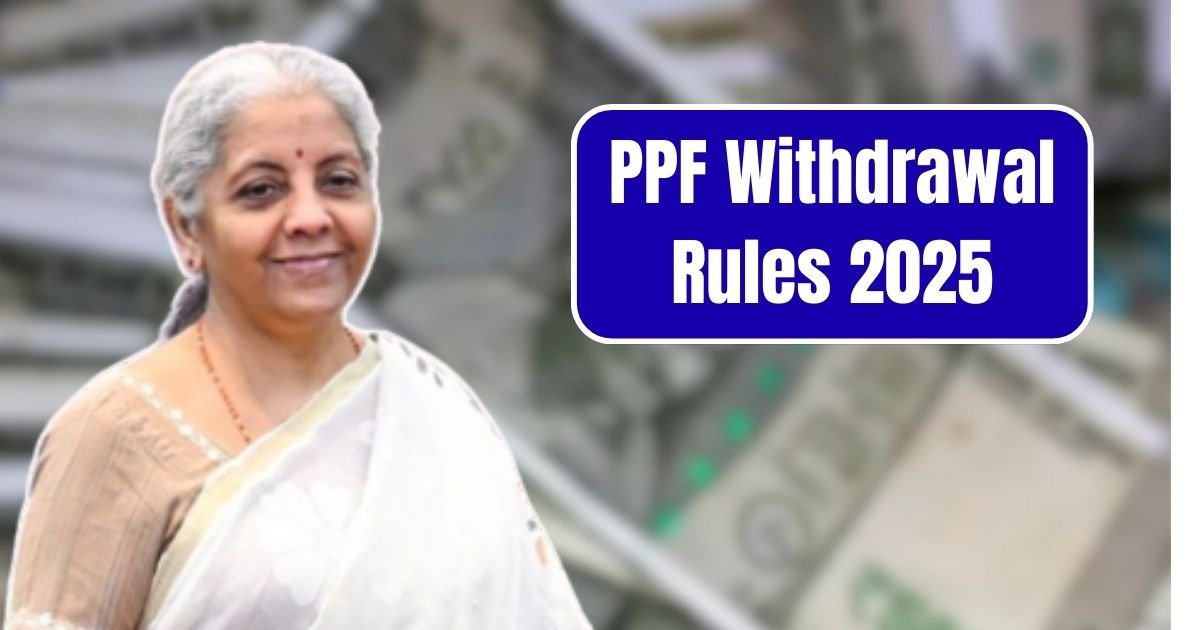Think of a saving program that not only safeguards your financial future, but also provides you some leeway when the need arises in life. The Indian Public Provident Fund (PPF) does the next best thing; combines tax-free returns with enforced long-term savings. With the arrival of 2025, it is important to keep abreast of the updated PPF terms of withdrawal to make the most out of this government-supported investment. This article lays it out step by step so that you know what and when you can access the money.
The 15 year-Lock-In: A Savings Base
A PPF account has a 15- year lock-in, which is meant to instill long term financial discipline. You will not be able to pull the entire balance out before the end of this tenure and your savings will continue to grow at a tax-free rate of 7.1% per annum, compounded annually, as of Q2 FY 2025-26. Such a structure can ensure that PPF is good in objectives such as retirement or for backing important life events.
Flexibility after 5 Years Partial Withdrawals
Want the money inchange of value? Partial access is permitted after the account has once completed five financial years A maximum of half of the balance, as of the end of the fourth year before the year when the withdrawal takes place or the former year, whichever is later can be withdrawn. This is the option to have access to liquid funds when necessary such as educational or medical necessities, but leave your account active to gain the compound interests.
Premature Closure
In exceptional circumstances, premature closure of PPF account is possible after five years. Some valid reasons are to finance the treatment of some serious sickness or higher education of yourself, spouse or child who is dependent. The total interest earned is charged 1% penalty so as to maintain the long term goal focus of the scheme without compromising the short term benefit of savings in an emergency.
After 15 years of maturity, you can either renew your PPF account back into a regular PPF of further 15 years or you can withdraw the money as your own. You can get all the money, with interest, out and close the account. Otherwise, lengthen the account in five year increments with or without additional deposits. Without contributions, the balance will still have interest and you are allowed one withdrawal every year. The limit on withdrawals with contributions is up to 60% of the balance as of extension with a cap of one withdrawal a year during the five-year period.
Another AxialPoint Plus Advantage
Repayments made on PPF scheme, be it, regular repayment or premature or even at the maturity date are completely tax-free under 80C of the income tax regulations. With its exempt-exempt-exempt (EEE) status this means contributions are tax-free as well as any interest earned and finally that amount taken out is also free of taxes, making PPF an outstanding investment option in tax-efficient savings.
The Withdrawal Process
It is also easy to withdraw your savings at PPF account. You will get a Form C (or Form 3 in some banks) and fill in details such as account number and amount required to be withdrawn and ensure you have PPF passbook and handover the withdrawal application to the bank. Failure to close prematurely, attach any supporting reasons of the same. The money is then accredited to your linked bank account and processing times would depend on the institution.
Strategise, Retract Cleverly
Knowing the PPF withdrawal rules can give you the confidence to spread the withdrawal between accessibility and long-term growth. The partial withdrawal to meet urgent requirements or the complete withdrawal with a maturity is done by careful planning in order to squeeze the maximum out of the scheme. Remain up to date and synchronize your withdrawals with your financial plans.
Also Read: EPS-95 Pension Hike 2025: Calls Mount For ₹7,500 Minimum, Govt Yet to Act
